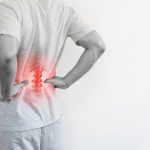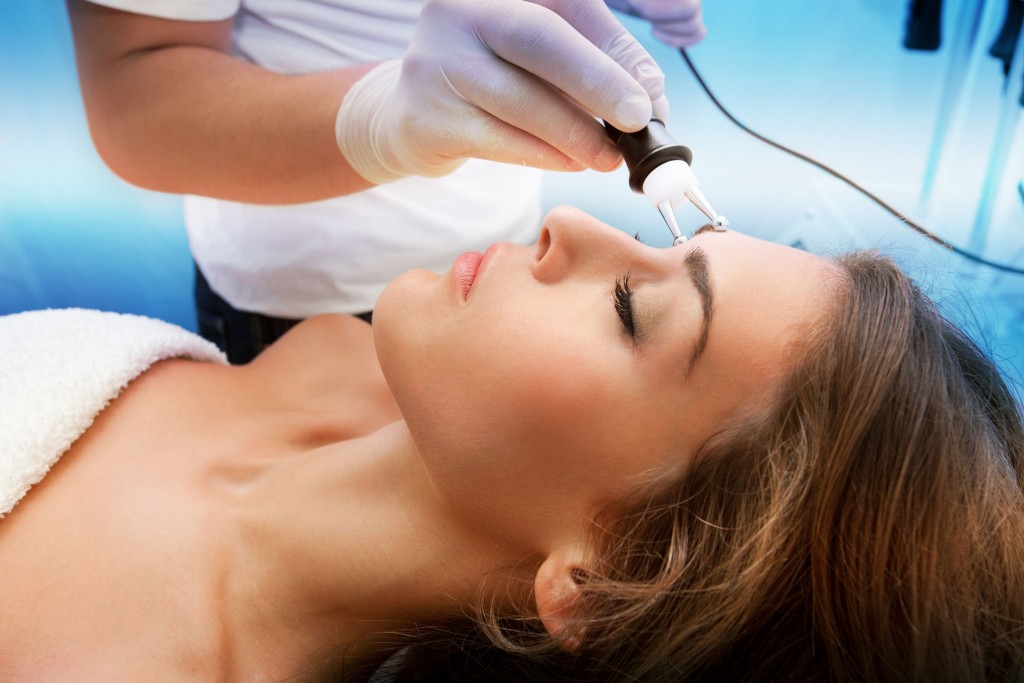Surgeons understand the importance of managing contamination from body fluids from patients. In addition, dealing with sharp scalpels and needles means protection against cuts and needle sticks. As a result, hospitals and clinics have formulated ways to address these issues, including educating personnel on safety procedures. Over time, technology and innovation have provided newer ways to ensure surgeon safety, as discussed here.
- Double Gloving
Needle sticks are the leading forms of physical injuries to surgeons in the OR since they use sharp needles and blades. This is why surgeons and other personnel in the operating room undergo training on ways to maximize surgeon safety. The best way to do this is by double gloving, where the surgeon wears two pairs of gloves. This method prevents a needle from penetrating the skin through one glove layer.
- Providing Masks and Glasses
Face masks create a barrier between the patient and the surgeon to prevent infection from microorganisms. These microorganisms are in blood, puss, excretions, and other bodily fluids the surgeon comes into contact with during surgery. In addition, wearing masks and visors/glasses can protect the mucous membranes of the eyes, nose, and mouth from splashes.
- Wearing Surgical Gowns
Considering surgeons use a variety of chemicals and hot cauterizing irons that can be occupational hazards. These gowns are waterproof and strong enough to protect these surgeons from any chemical spillage or direct contact with the actual cautery. Sometimes there are also fire breakouts during electrosurgery, especially in the airways, and these protective gear can protect the medical teams from severe burns.
- Using Operative Armor
Operative armor is a safety device that allows surgeons to manage surgeries without scrub tech assistance. It allows surgeon safetyby securing suture needles safely to prevent needle sticks with an additional passage for holding exposed and contaminated needles. This is a safer way to properly hold needles because it eliminates the chances of forgotten needles inside the body.
Operative armor is the safest way to protect the surgeon and the patient since it allows proper containment of the needles. These needles pose risks to surgical teams and patients alike. Having a proper holding solution ensures safety for everyone in the OR.
Contact Sharp Fluidics to learn more about innovative, cost effective and clinically-valued solutions to improve safety and efficiency of surgical workflows.







